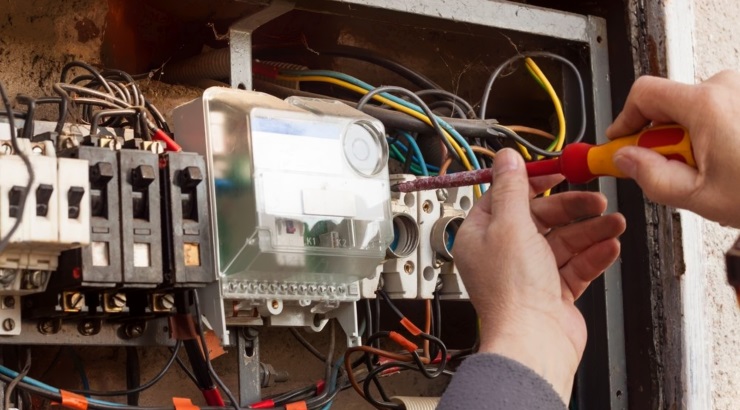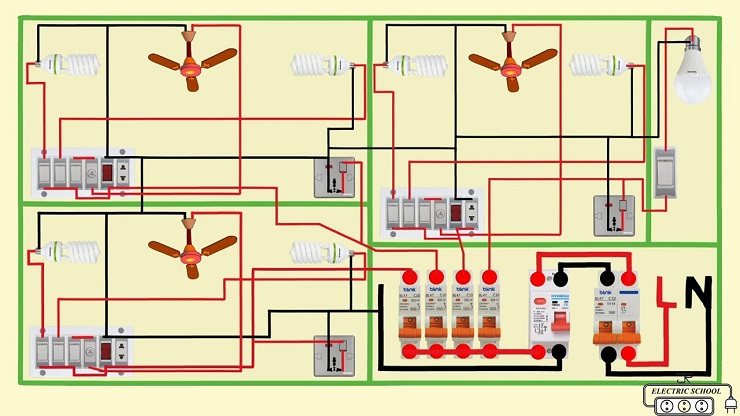Quick Tips
7 Easy Steps to Electrical Wiring Installation
Easy-to-follow tips when performing a DIY house wiring project.

Being able to handle electrical wiring installation in house yourself can save on professional fees and give you the satisfaction of completing a major project.
While electrical house wiring is best left to a licensed electrician, you can tackle some tasks as a DIY project by following these 7 easy steps.
1. Disconnect power
Cutting off power is the first step before attempting any electrical wiring installation in house. Ask your power supplier to cut off service to your house or, at the very least, switch off the power leads from your house meter.
2. Mount the electrical panel
The electrical panel should be installed at the point where the electricity supply enters your home. Secure the panel to the wall, drill holes for the power leads, and insert the cables.
Tighten the clamps and connect the red and black cables to the brass busbars, and the white cable to the silver busbar.
3. Set up a connection
Solid grounding is critical for electrical safety. Drive a metal ground bar into the earth and run an eight-gauge copper wire from the panel to the grounding rod.
Connect the wire to both the ground bar and the busbar in the panel. If you have water pipes running into your house, connect them to the ground as well.
Check out the sample house wiring diagram below.

4. Add a circuit breaker
Connect each electrical circuit in the house to the service board via a circuit breaker. This is an essential step in electrical wiring installation in house, ensuring each circuit is protected.
RELATED: 10 Ways to Conserve Energy at Home
5. Optimize the circuit
Plan your wiring carefully to avoid overloading any breaker. Keep circuits short and use the correct wire gauge to match the breaker size.
Fasten cables securely to studs, joists, and rafters to prevent loose wiring.
6. Install electrical boxes
Install electrical boxes at every outlet, switch, or light fixture. If the walls are already up, use remodeling boxes. Never leave wires exposed outside of an electrical box.
7. Size your cables
Use the correct wire gauge based on the circuit breaker size. For a 10-amp or 15-amp breaker, use 14-gauge wire. For a 20-amp breaker, use 12-gauge. For heavier appliances requiring 30-amp or 50-amp breakers, use 10-gauge or 8-gauge wire, respectively.
Safety Reminder: Electrical wiring can be dangerous. Always consult a professional if you’re unsure about any part of the process. Consider taking a short course to better understand electrical work before proceeding.














